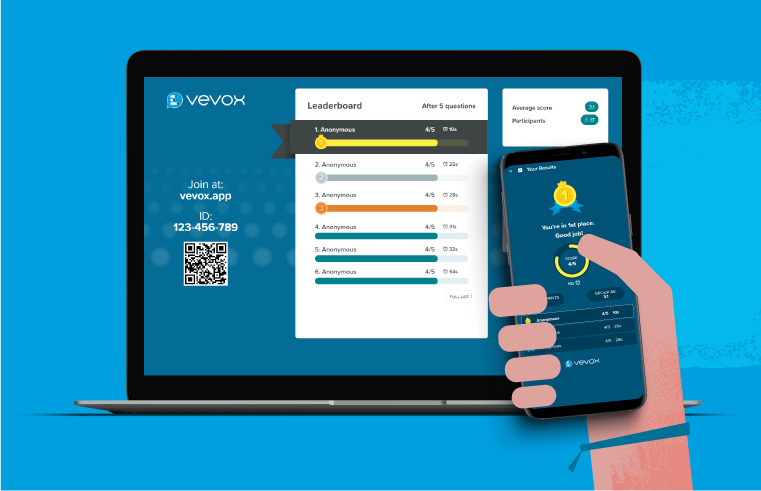Each day we each make approximately 35,000 decisions with varying degrees of consciousness. That’s even before we factor in working in a job role such as HR or Internal Comms manager that involves making decisions that also affect other people. As we grow up we learn how to make decisions through experience and consequences… and even then as we get older, we still somehow manage to make some pretty dud choices, don’t we?
When it comes to working in internal comms or as a manager, we can feel the pressure of decision making as the majority of choices we make have repercussions for any number of people and if it goes wrong, we’ll be held accountable. In this blog we take a look at some ways to help decision makers with their processes and influence better outcomes that have a positive effect on your internal communications.
How do we make decisions?
When we face a decision, our brains can literally be torn in two. Our emotional brain (think food cravings or when we lose our temper) fights with our rational or logical brain responsible for decisions such as helping us decide if it’s safe to cross the road. Psychologists and philosophers have many different names for these 'two brains’ but it’s important to acknowledge the existence of these distinct parts and how in tune we are with them affects the decisions we make and the outcomes of our decision making. Having this awareness is especially important in the workplace, where we often find that our ‘heart' and ‘head' can be in conflict.
The principles of decision making
The famous management consultant, author and economist, Peter F. Drucker laid out his 6 principles of decision making in the Harvard Business Review article - The Effective Decision. His principles can be applied to any decision but for an Internal comms professional I have altered them ever so slightly:
-
-Define the problem, challenge, or opportunity.
-
-Generate an array of possible solutions or responses.
-
-Evaluate the costs and benefits, or pros and cons, associated with each option.
-
-Select a solution or response.
-
-Implement the option chosen.
-
-Assess the impact of the decision and modify the course of action as needed.
Drucker explained that these steps should be followed sequentially to arrive at the best possible decision. These principles are a great framework but going back to our introduction, our emotional brain is hardwired to rev up and protect us, especially when difficult decisions present themselves. Equally well when we, or our employees are faced with the result of a decision our first reaction is often an emotional one and this is where we need to pay the most attention if we are to have the most positive impact on internal communications.
Making BETTER decisions
For some, making any decision is an achievement, others are more conscious about making the right decision that has the desired outcome for the business bottom line. But I believe there are ways to make even better decisions that have a positive economic effect AND improve employee engagement and satisfaction.
1 - Strike a balance
The two types of decision making that are most common in the workplace are centralised, i.e. they come from management and are a top down decision, or consensus, where decisions are made using collective feedback from employees or even democratically by a vote or poll if appropriate. To make better decisions in your internal comms environment it’s important to strike a balance between centralised and consensus decision making. Consensus decision making helps to increase employee engagement and motivation if employees feel that their participation is meaningful.
Some organisations may understandably shy away from consensus decision making as they have a perceived fear of losing control. Using simple tools such as Vevox for live polling with its moderation and anonymity settings, allows internal comms managers to put decisions out to the workforce in a controlled way, whilst also allowing employees to have their say and influence the outcome. This is a win-win for IC managers and employees.
2- Beware of bias
When working through the 6 principles above, it’s also important to be aware that you may have some unconscious bias or have a tendency to assume certain outcomes or preferences, particularly when making a high-stakes decision as we fear the unknown. When you are systematically working through the steps, look out for where bias may creep in and check your process with internal comms or HR colleagues for help and a second pair of eyes.
3 – Embrace uncertainty
Finally, be less certain about what you think you ‘know’ about employee’s thoughts and feelings or reactions. Remember what they say about assuming? By using a tool like Vevox to conduct pulse surveys or run a quick polling session in a meeting, you open up the lines of genuine employee communication and have the potential to gain valuable insights. At Vevox HQ we naturally use our own product in all kinds of situations, especially to improve employee engagement. We recently unveiled a marketing project to the wider team and were a little nervous about the feedback as our idea was a little ‘out there'. We ran a quick 3 question survey after a showcase and the results…100% of the team said go for it! There’s nothing like honest, uninhibited communication to give you the feedback you need to have confidence in your decisions.




.png)
